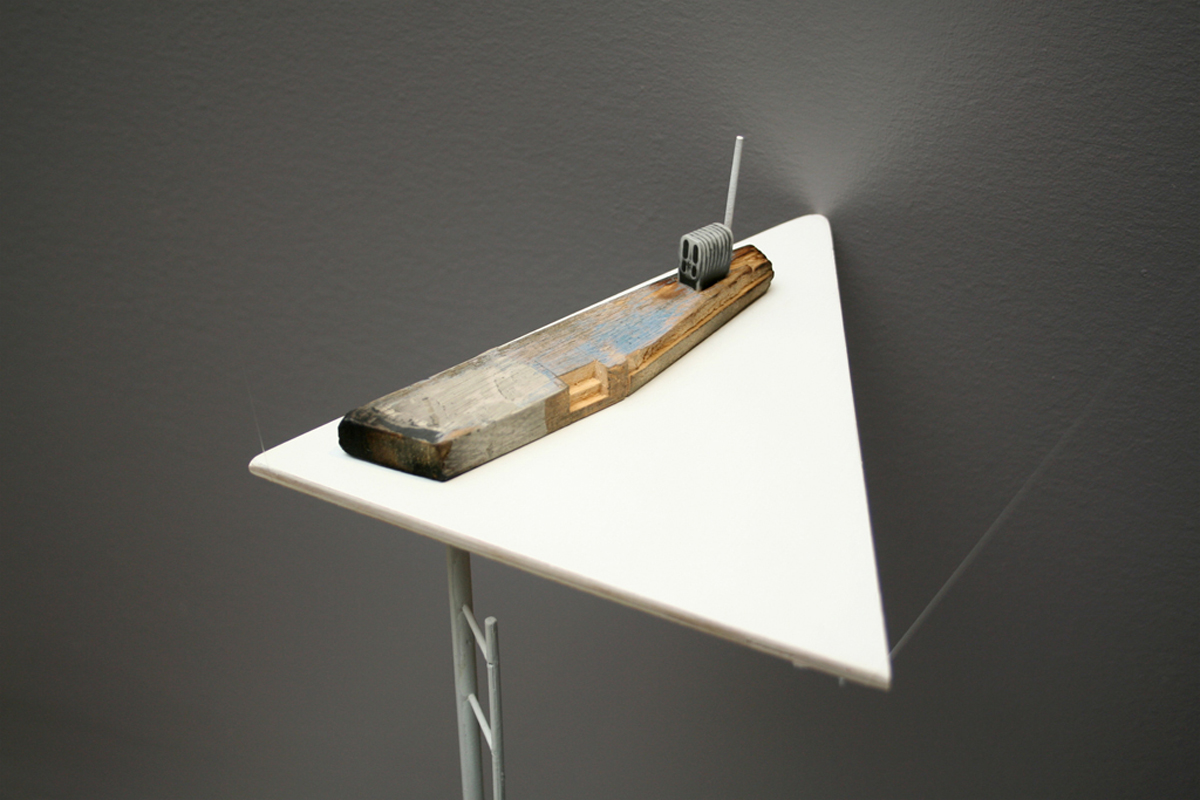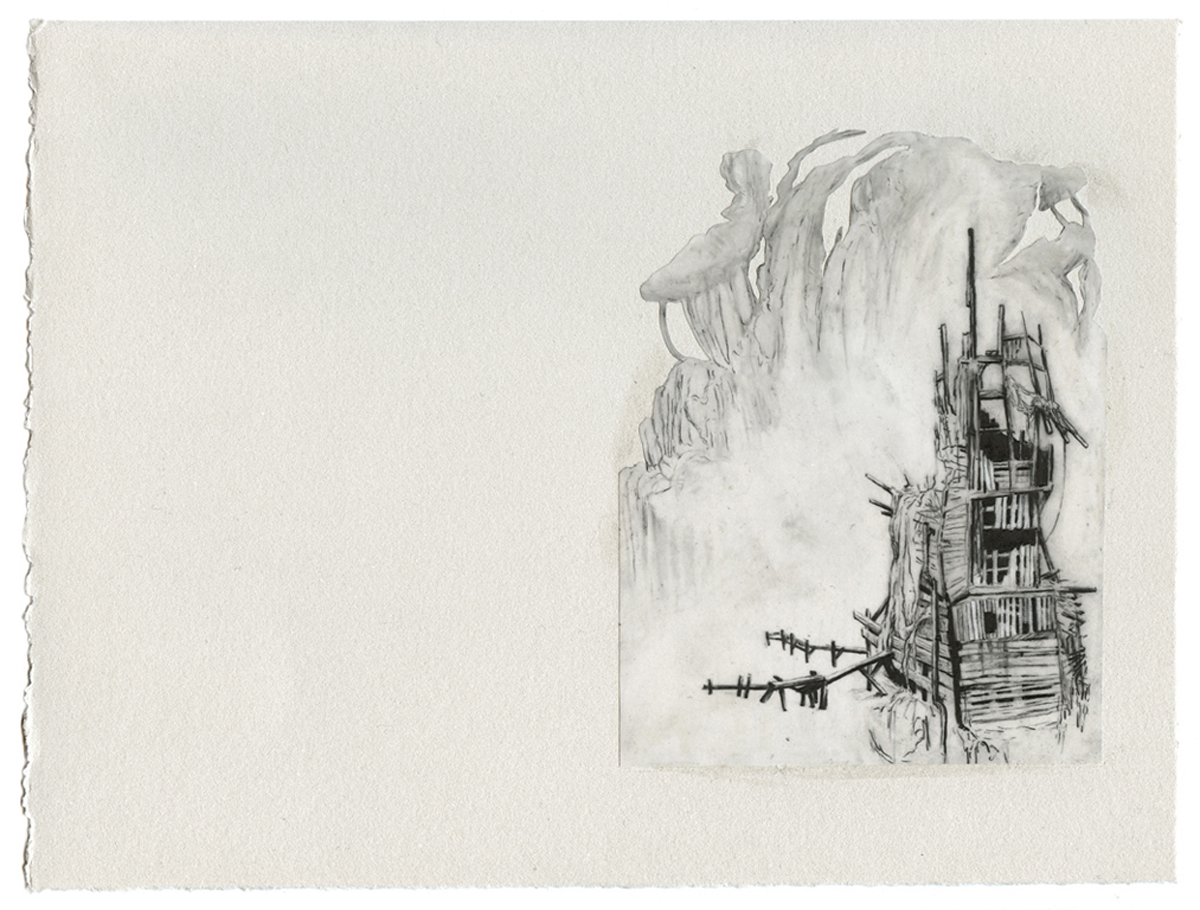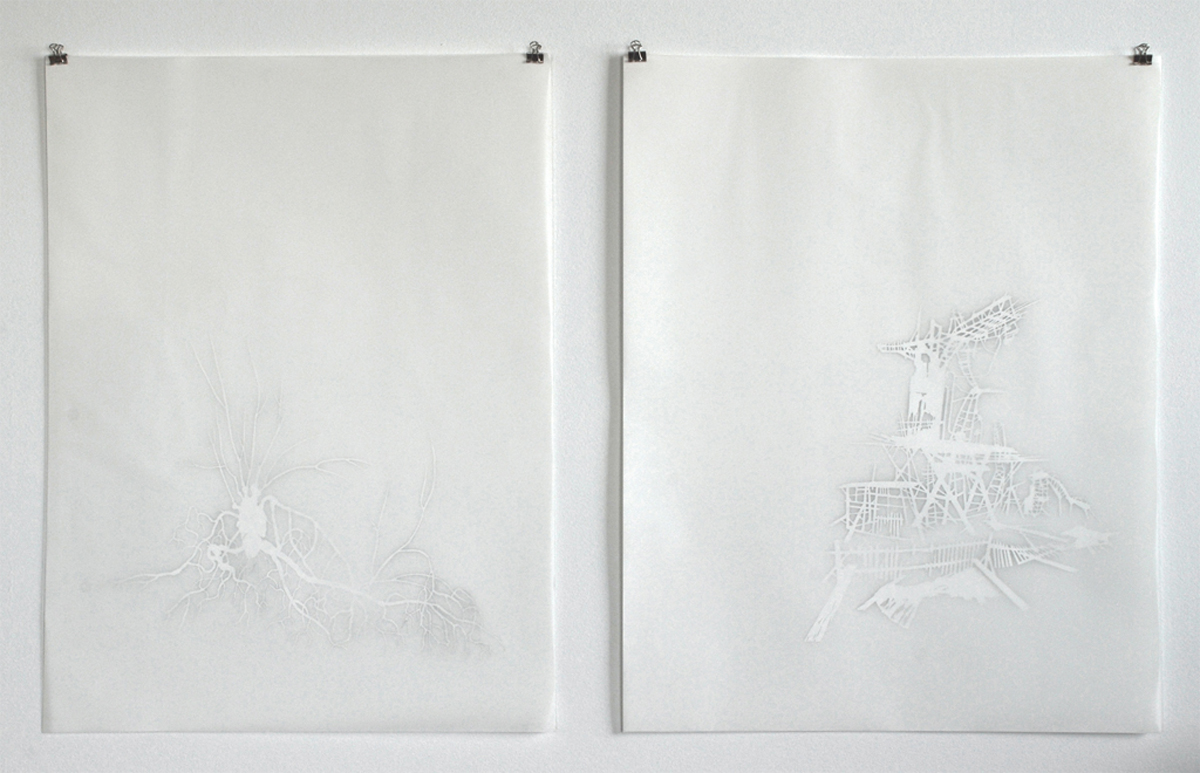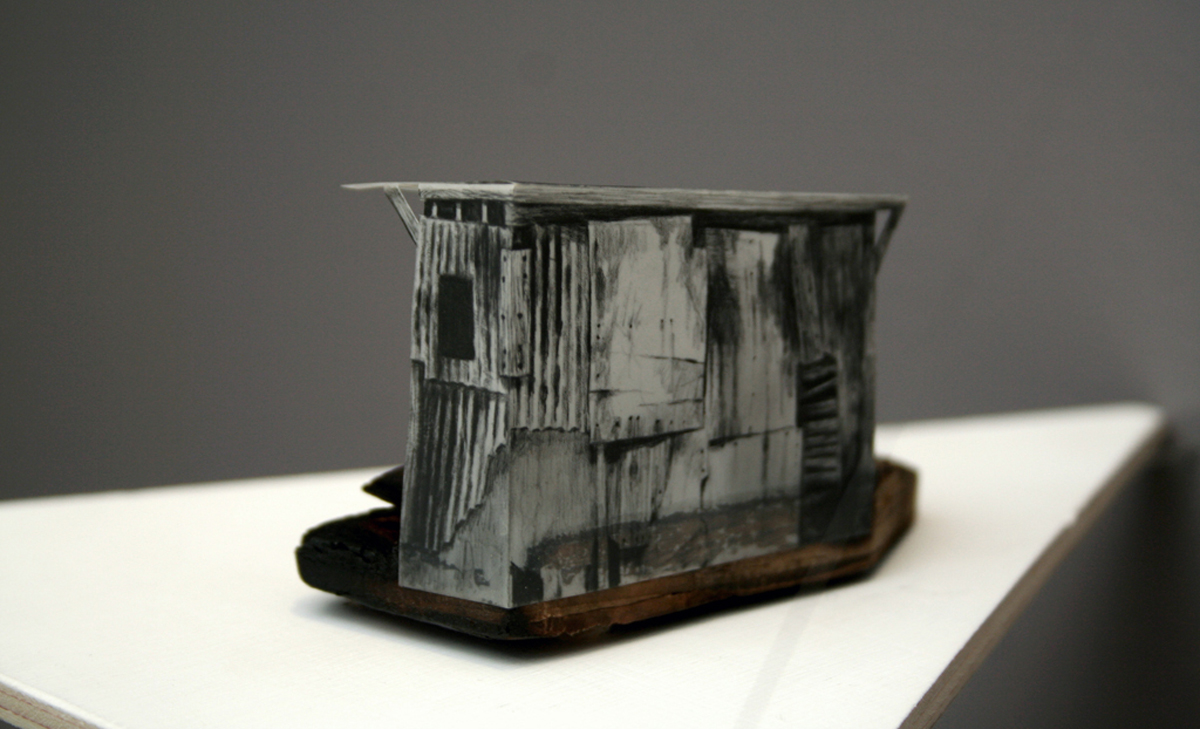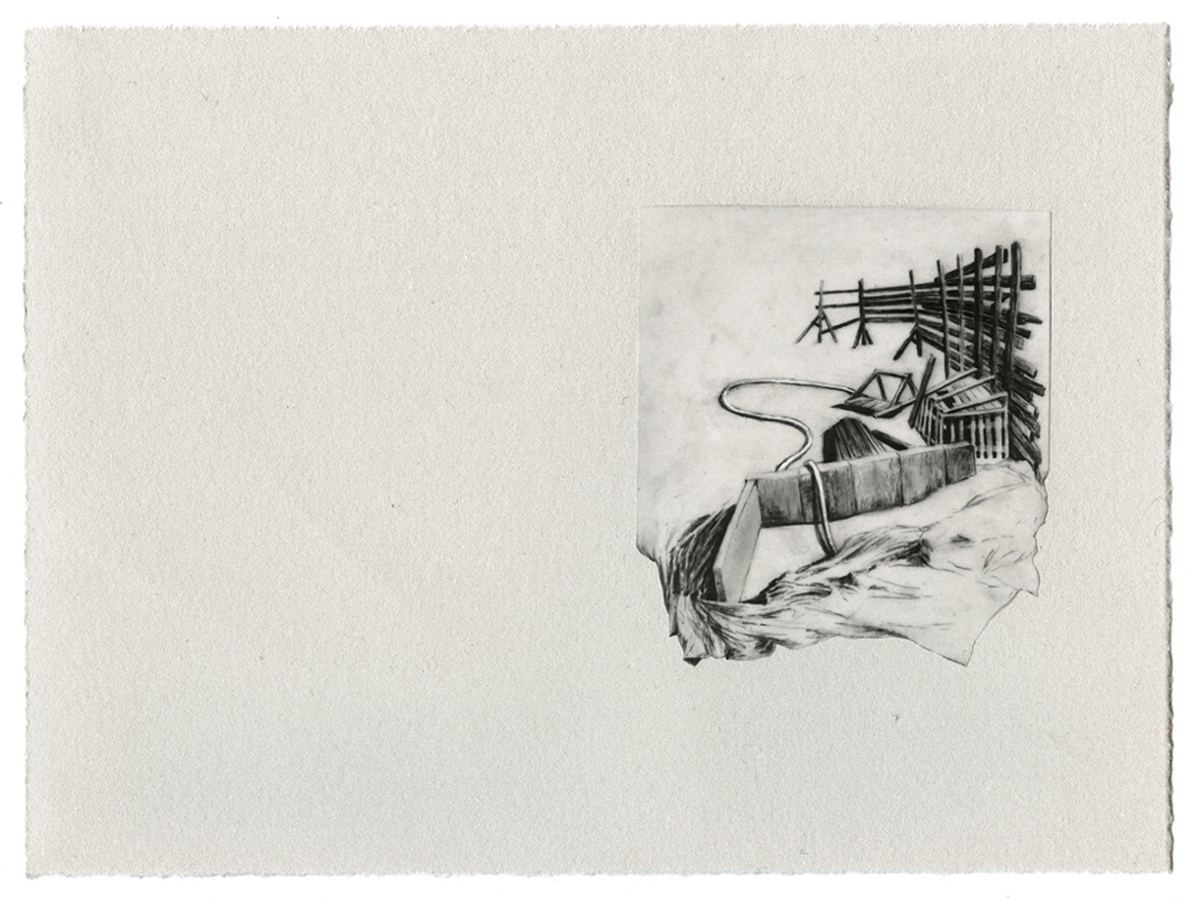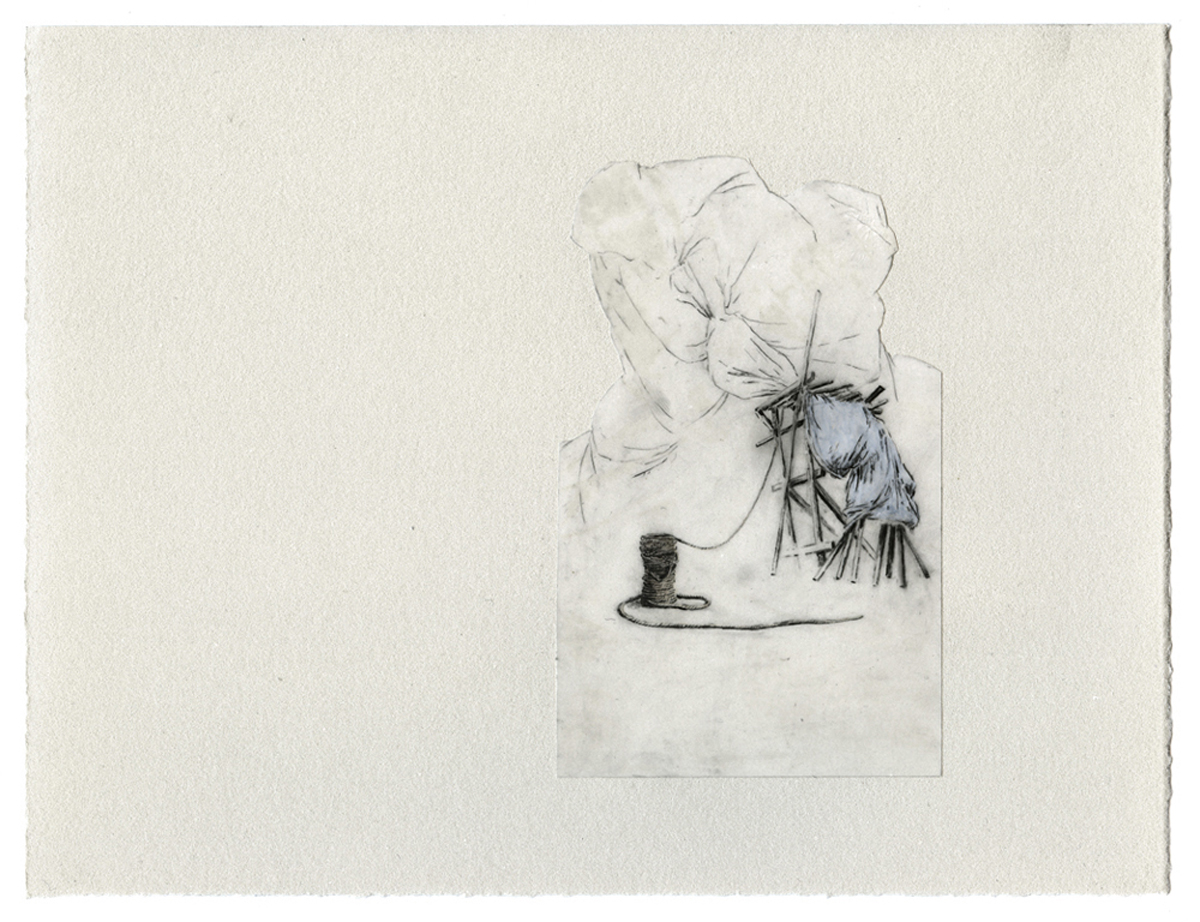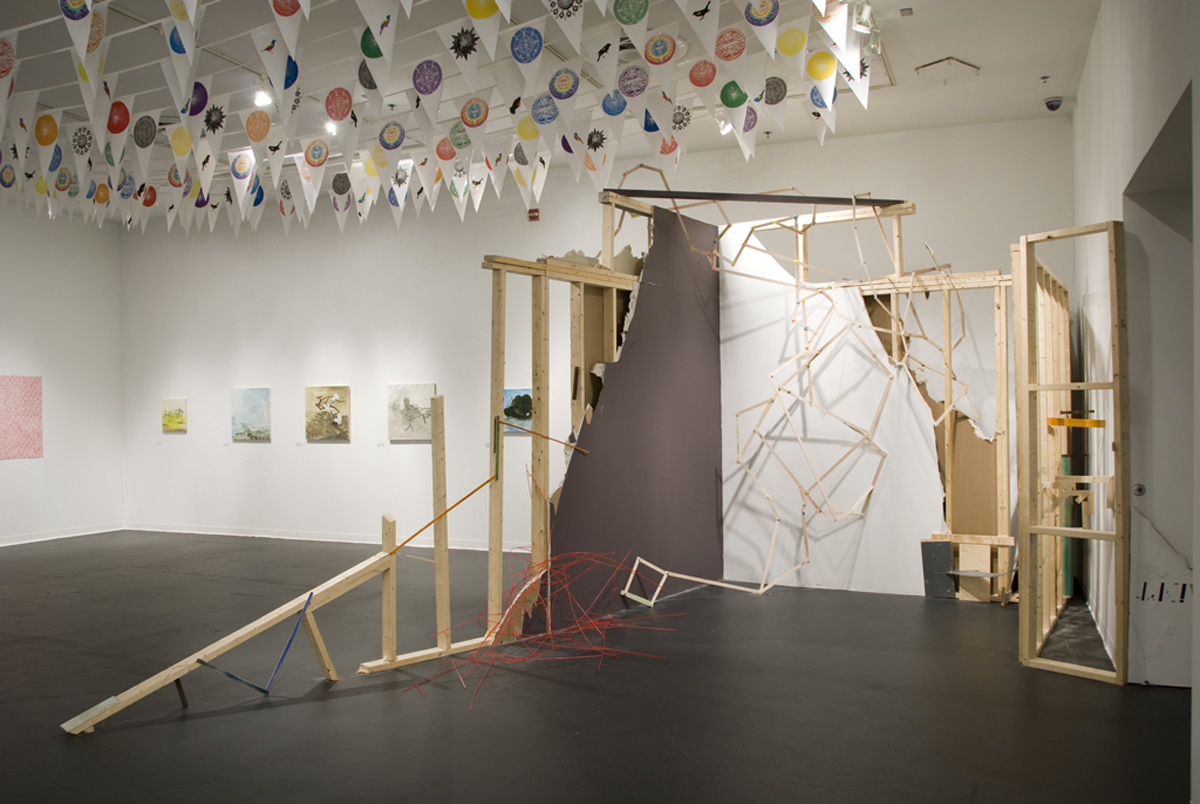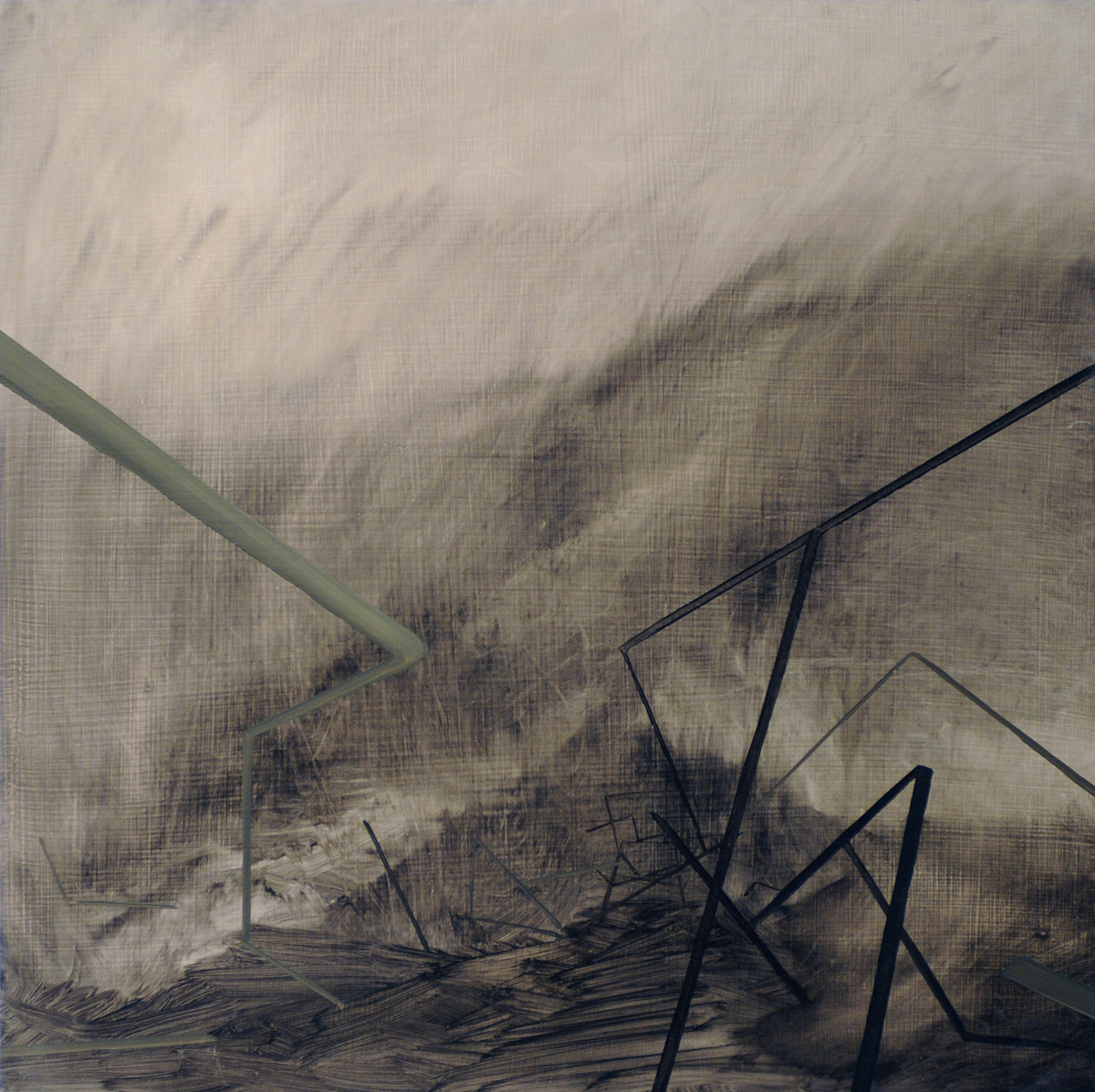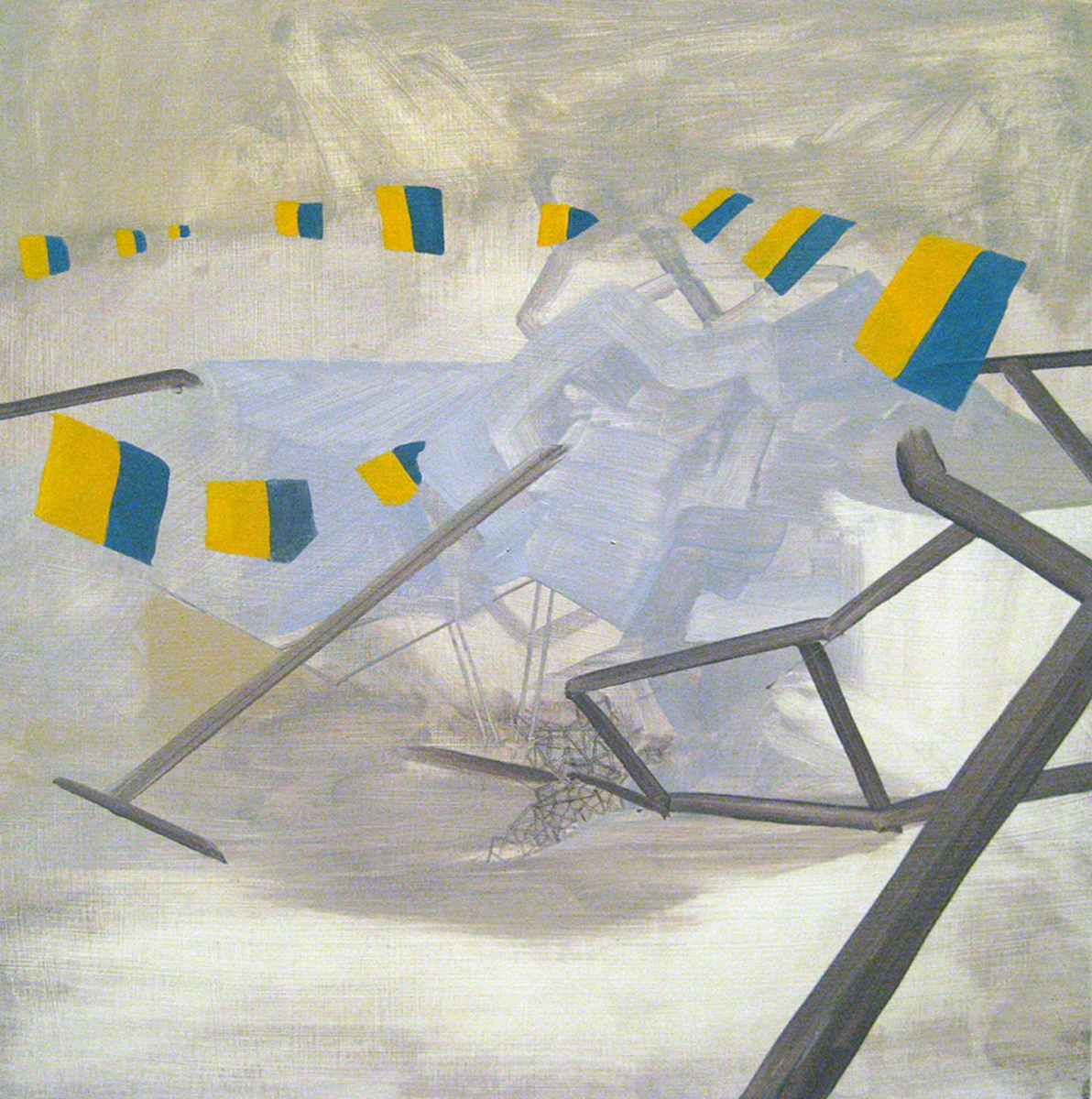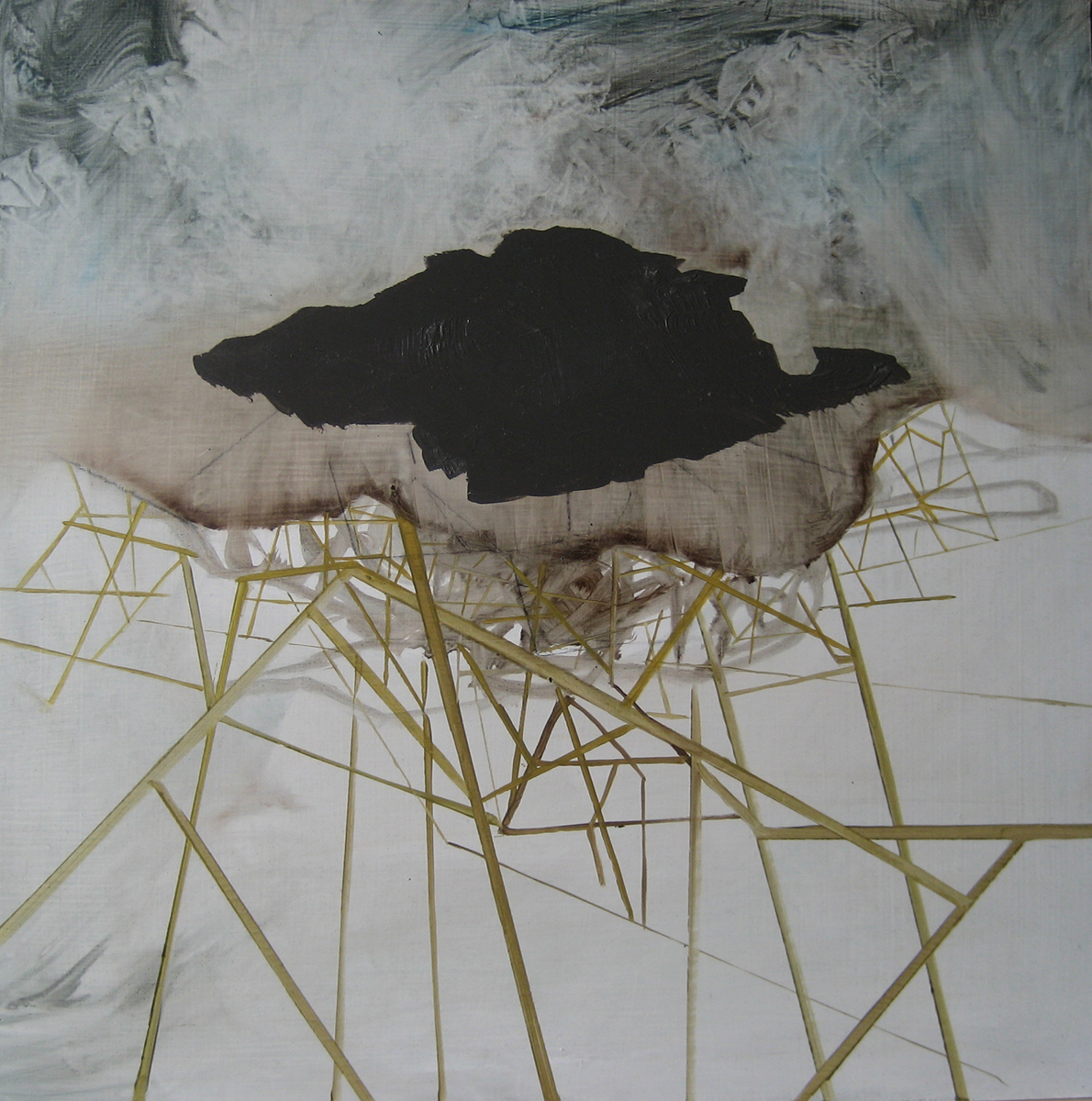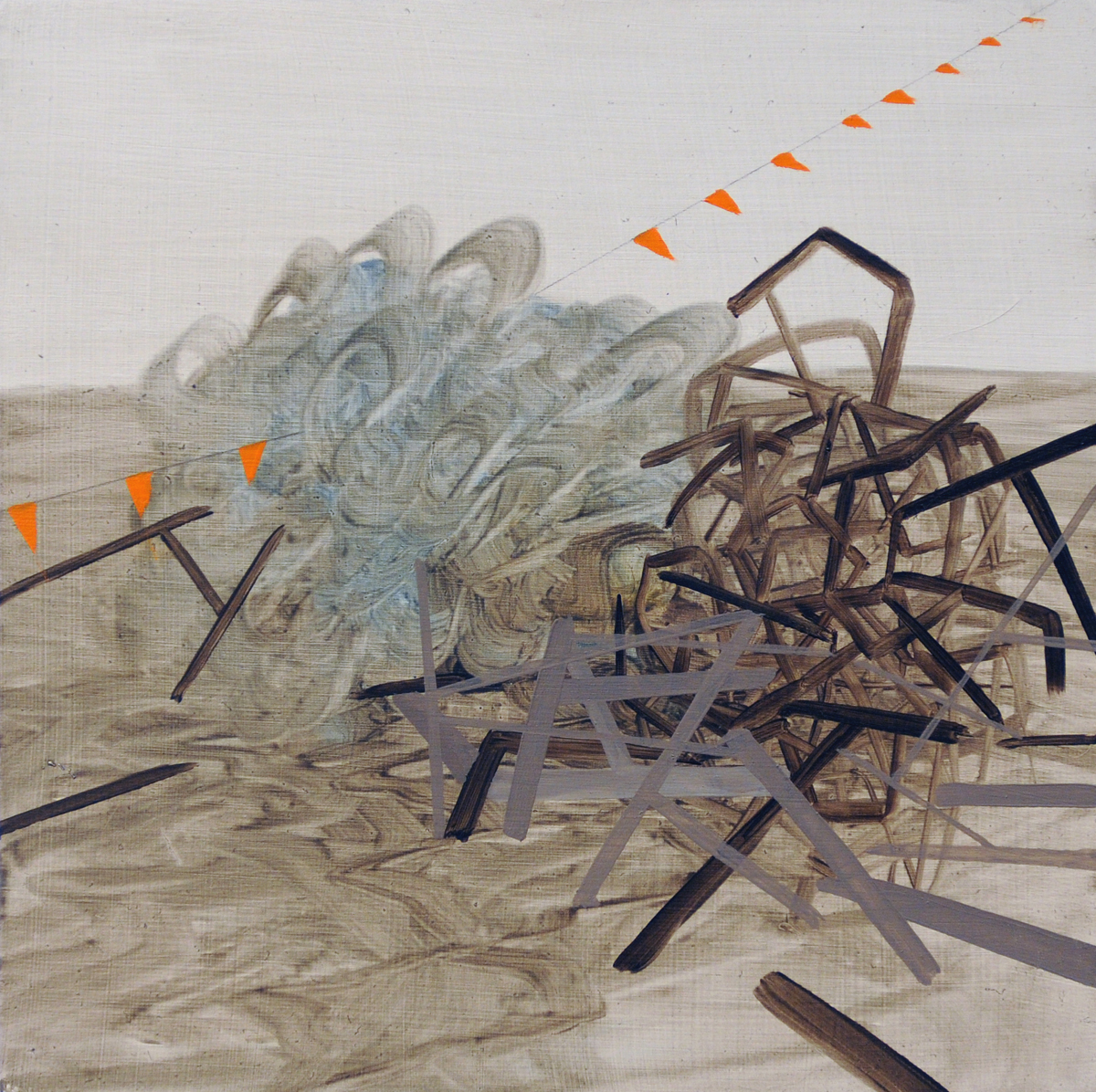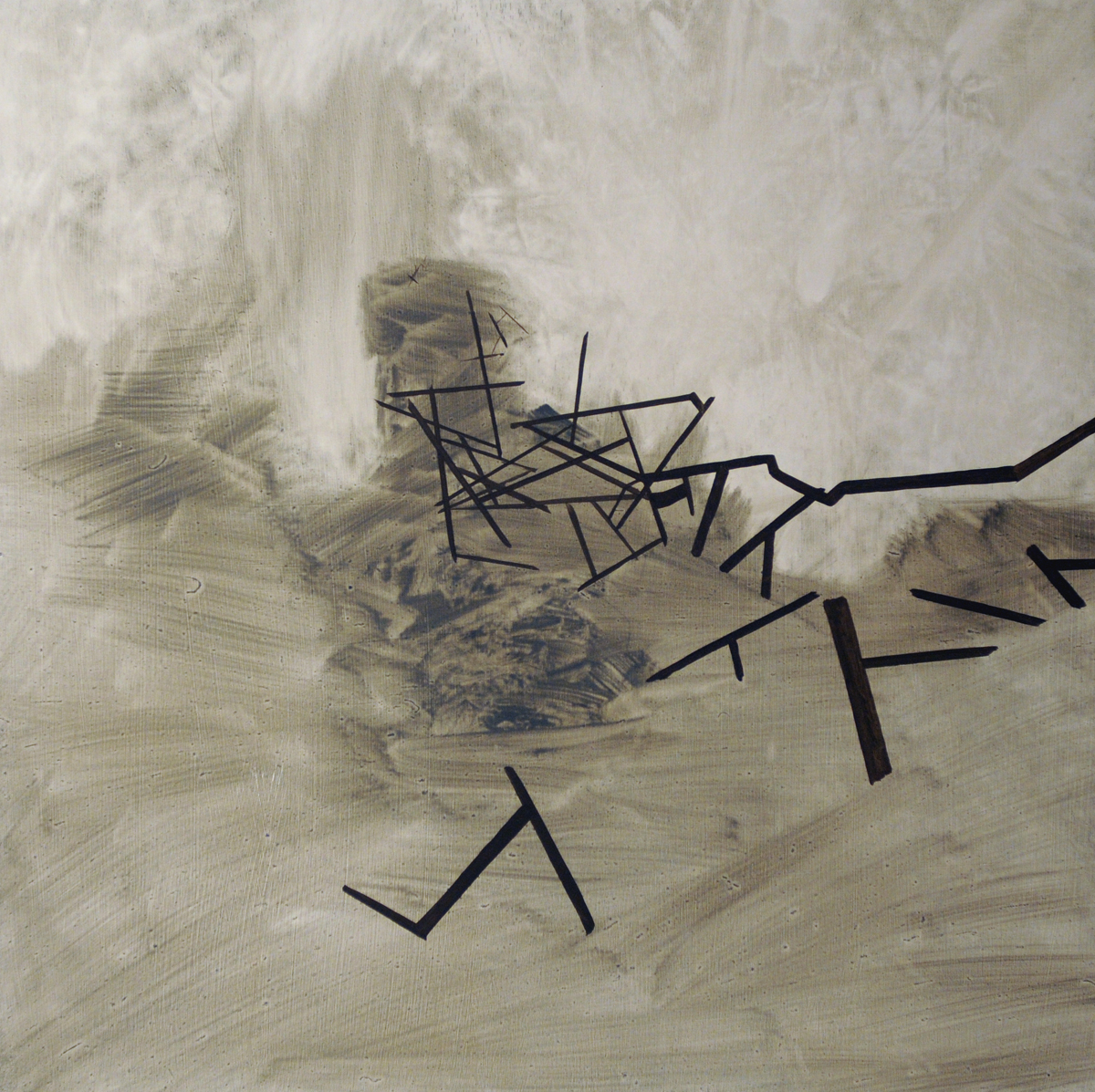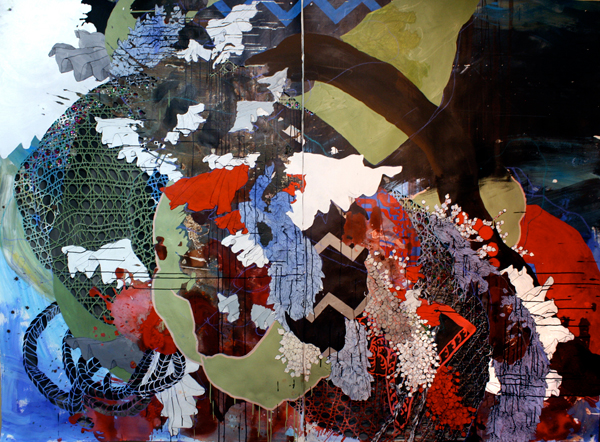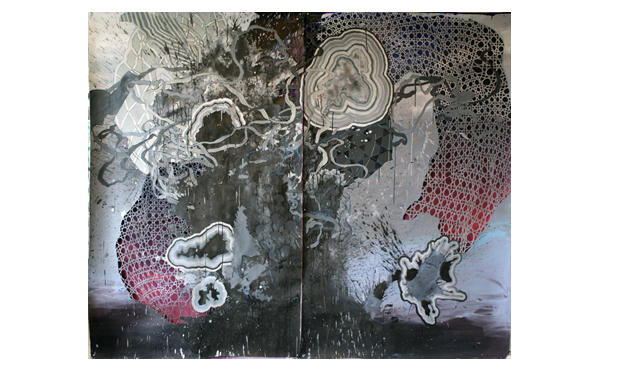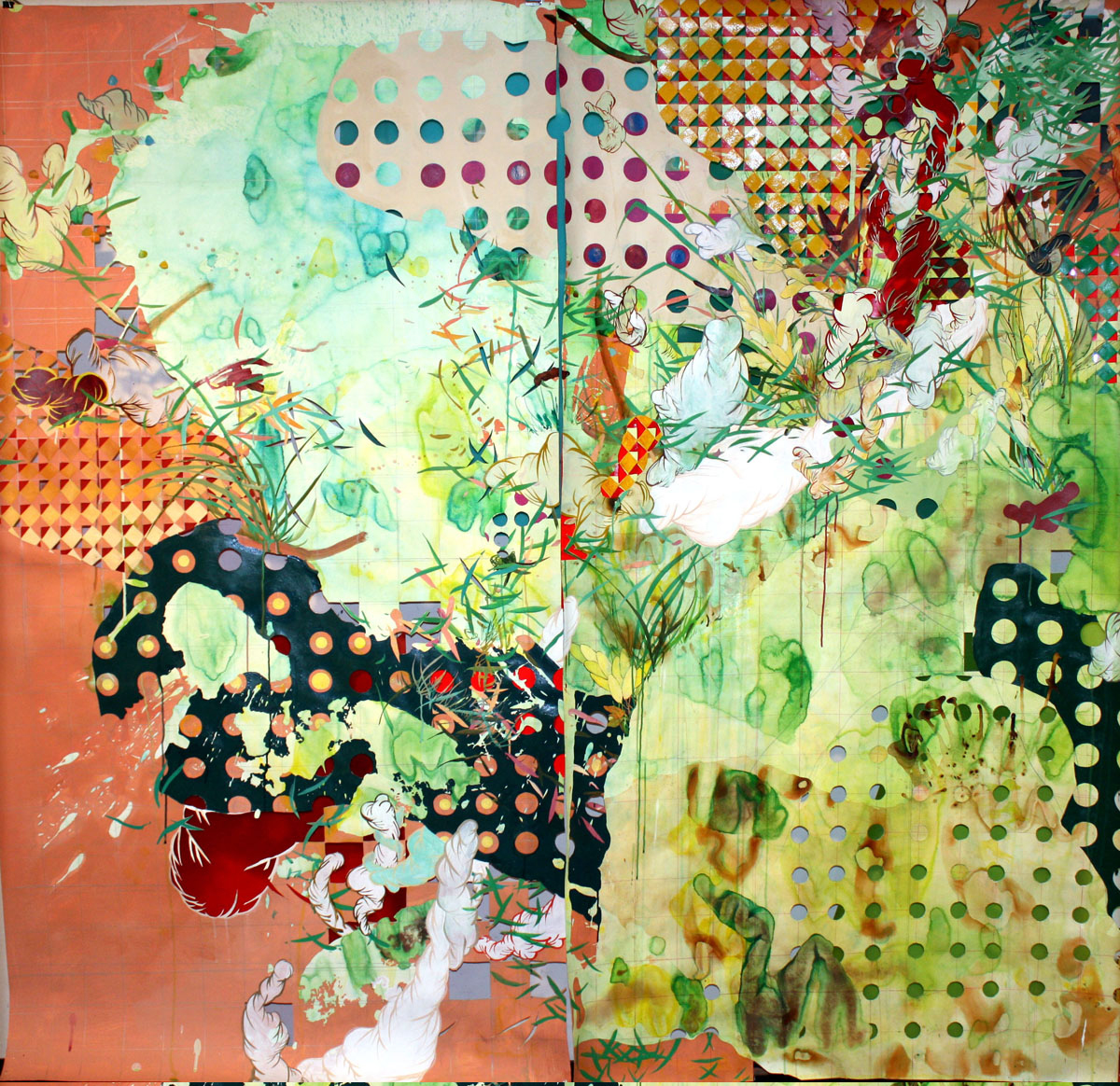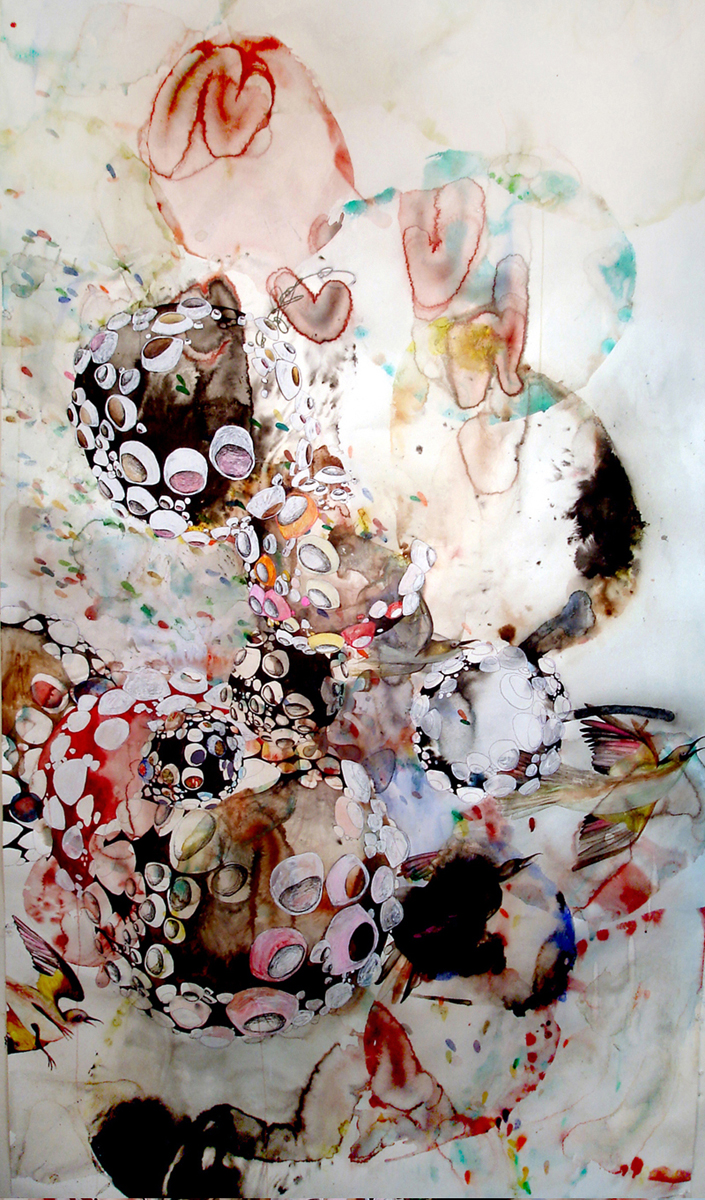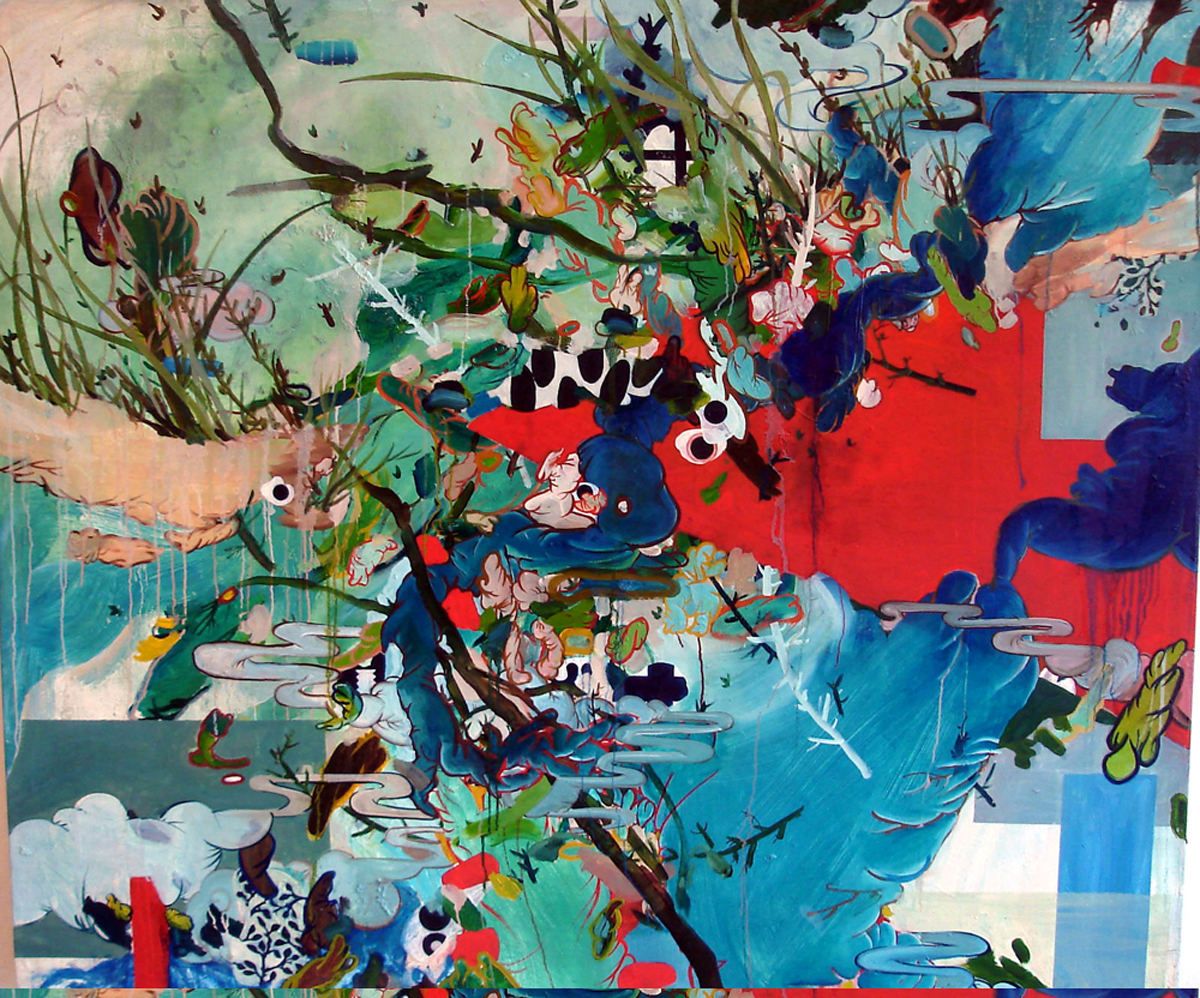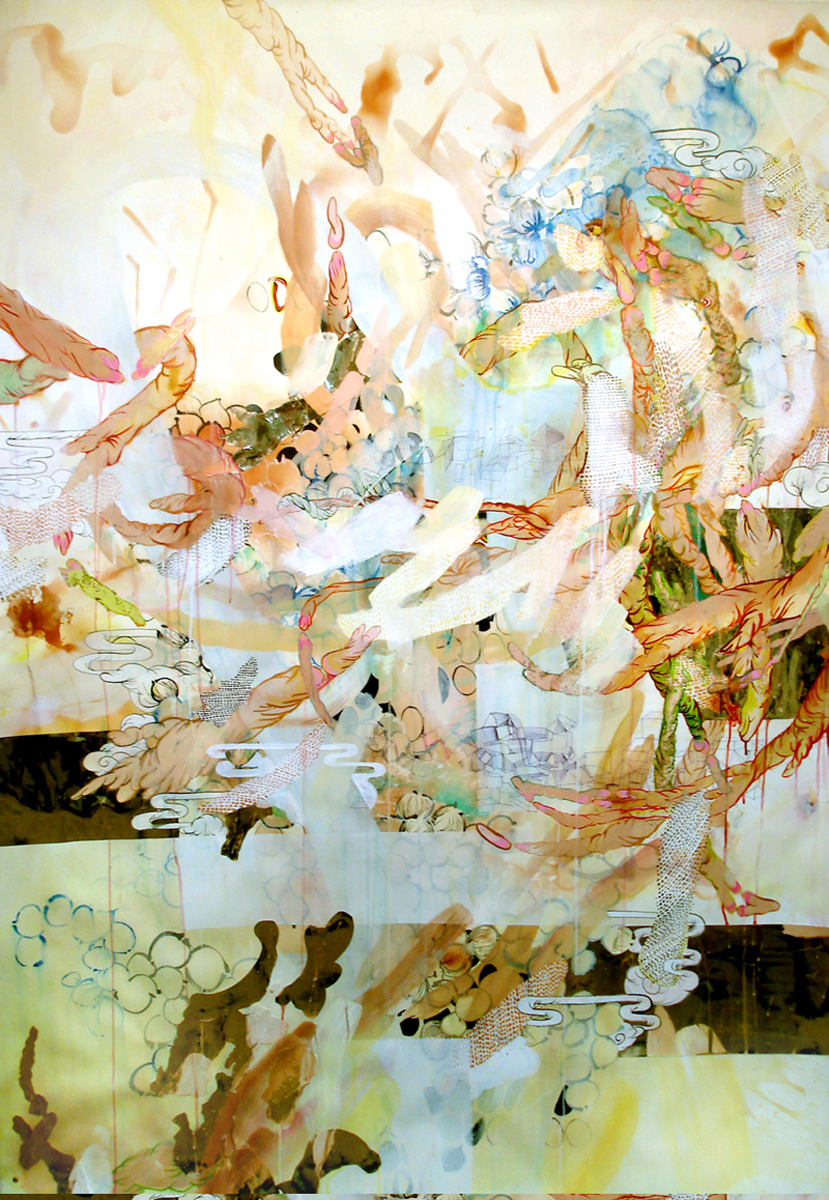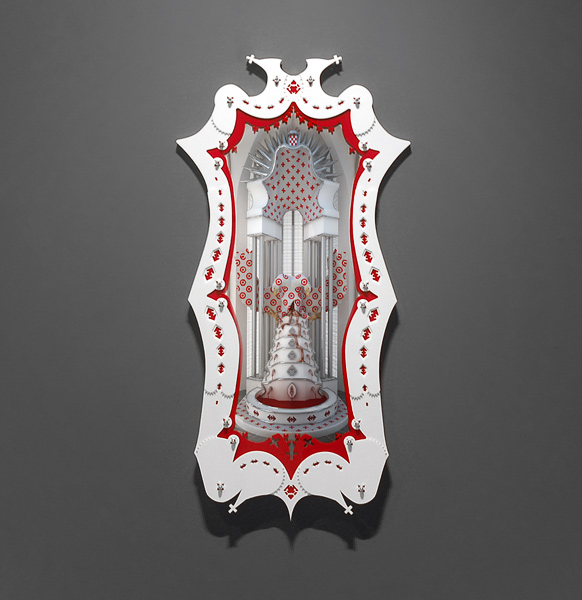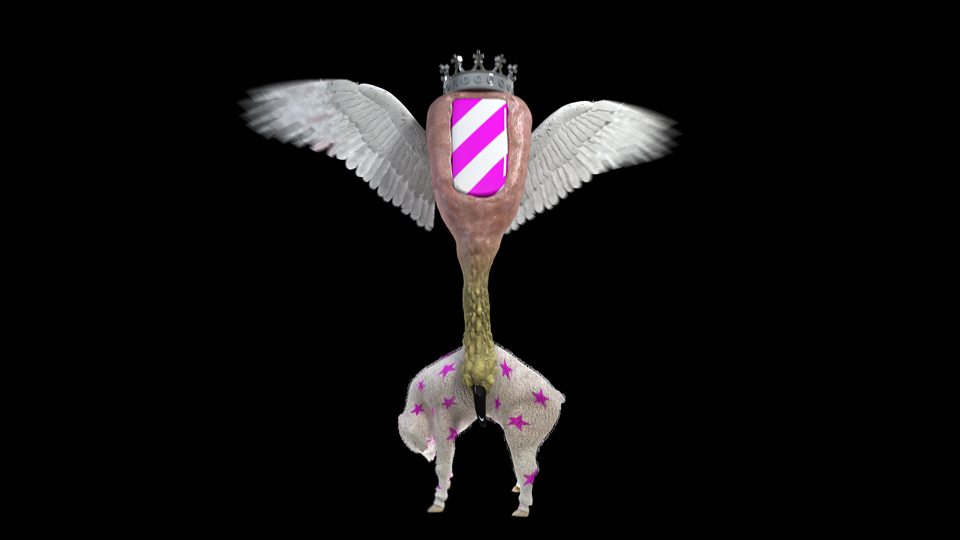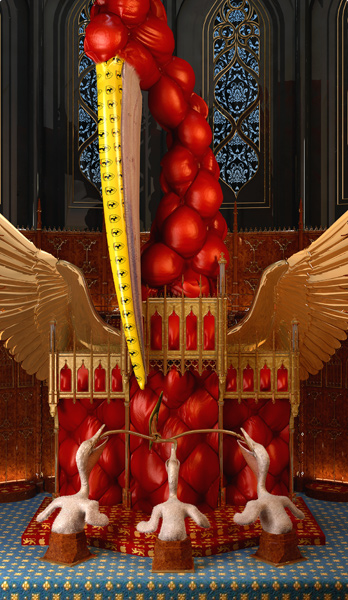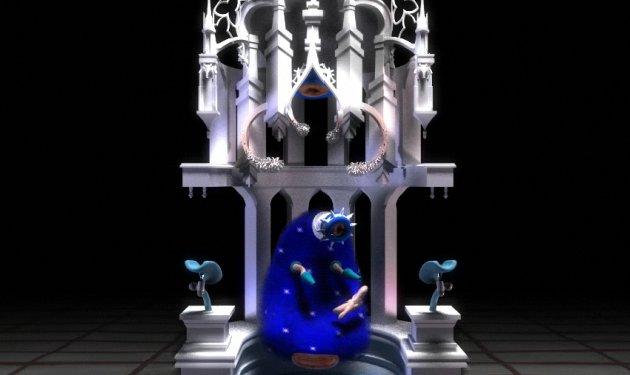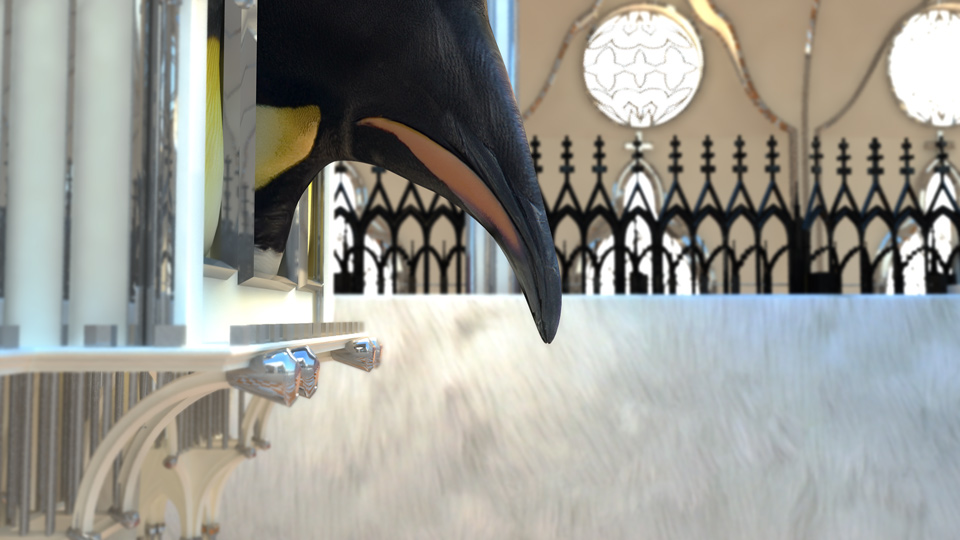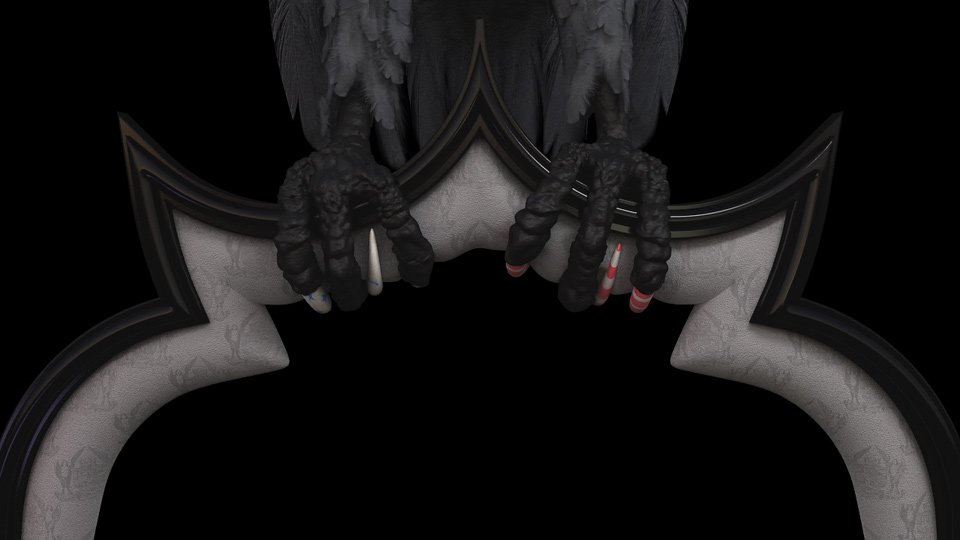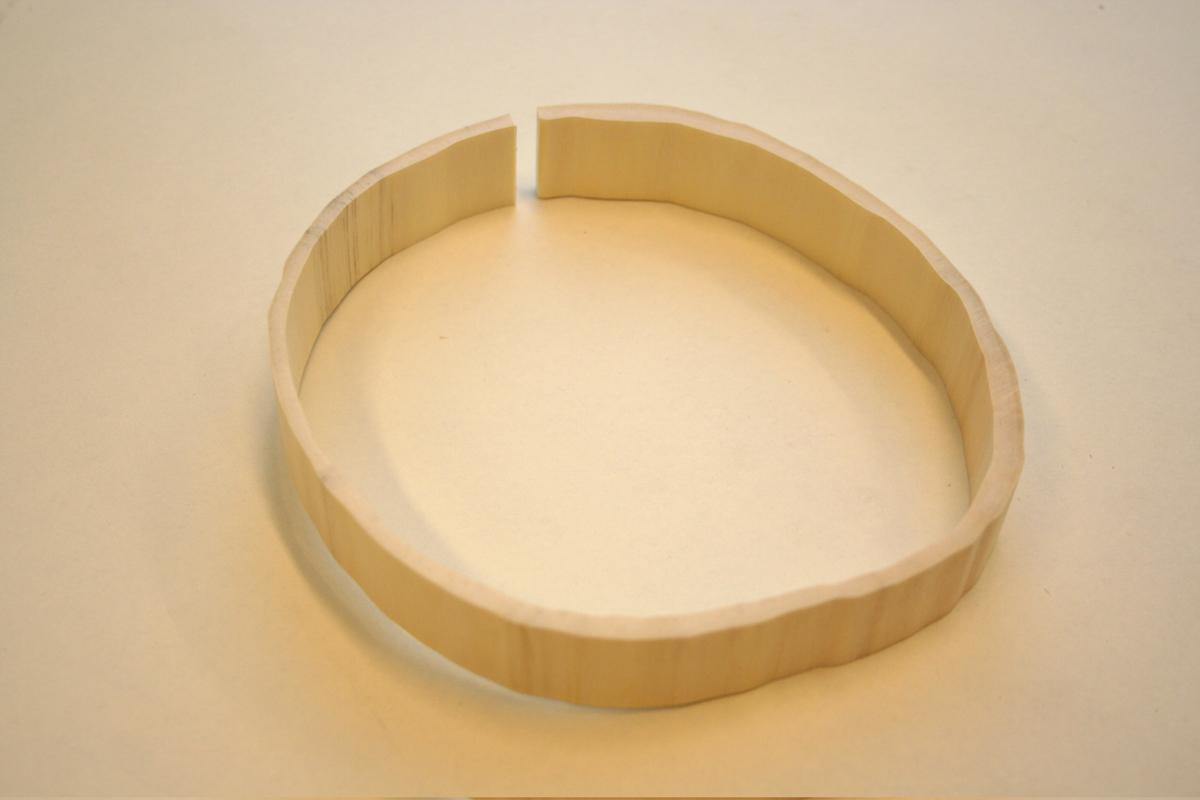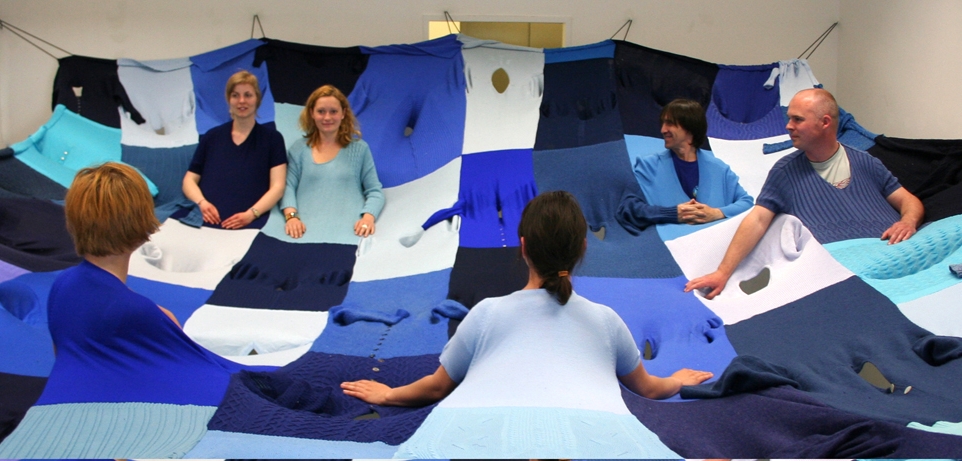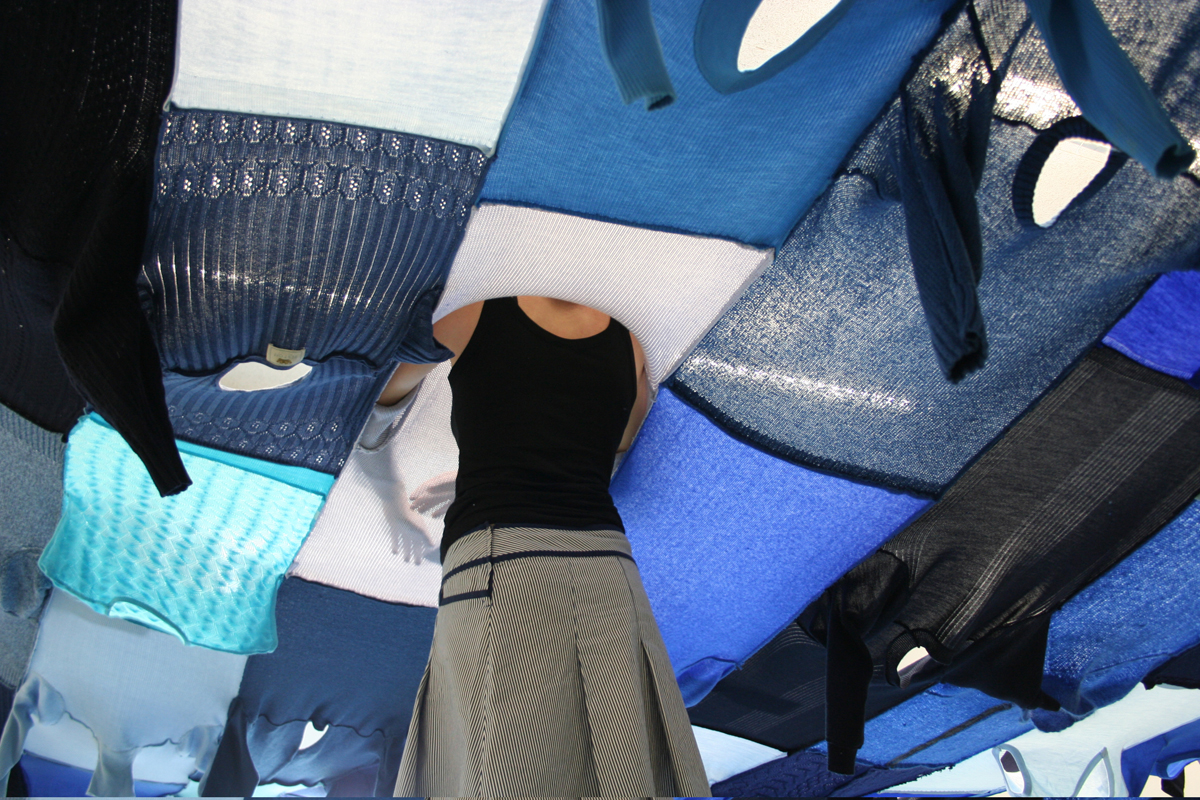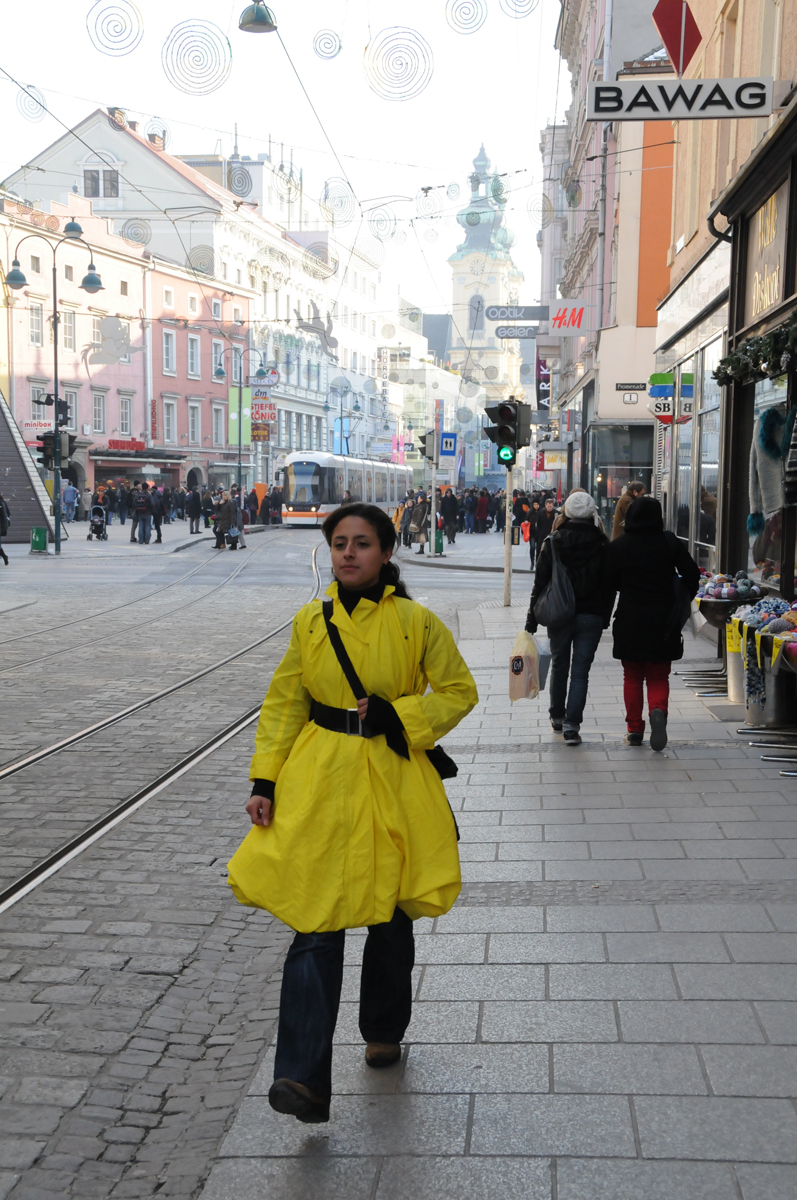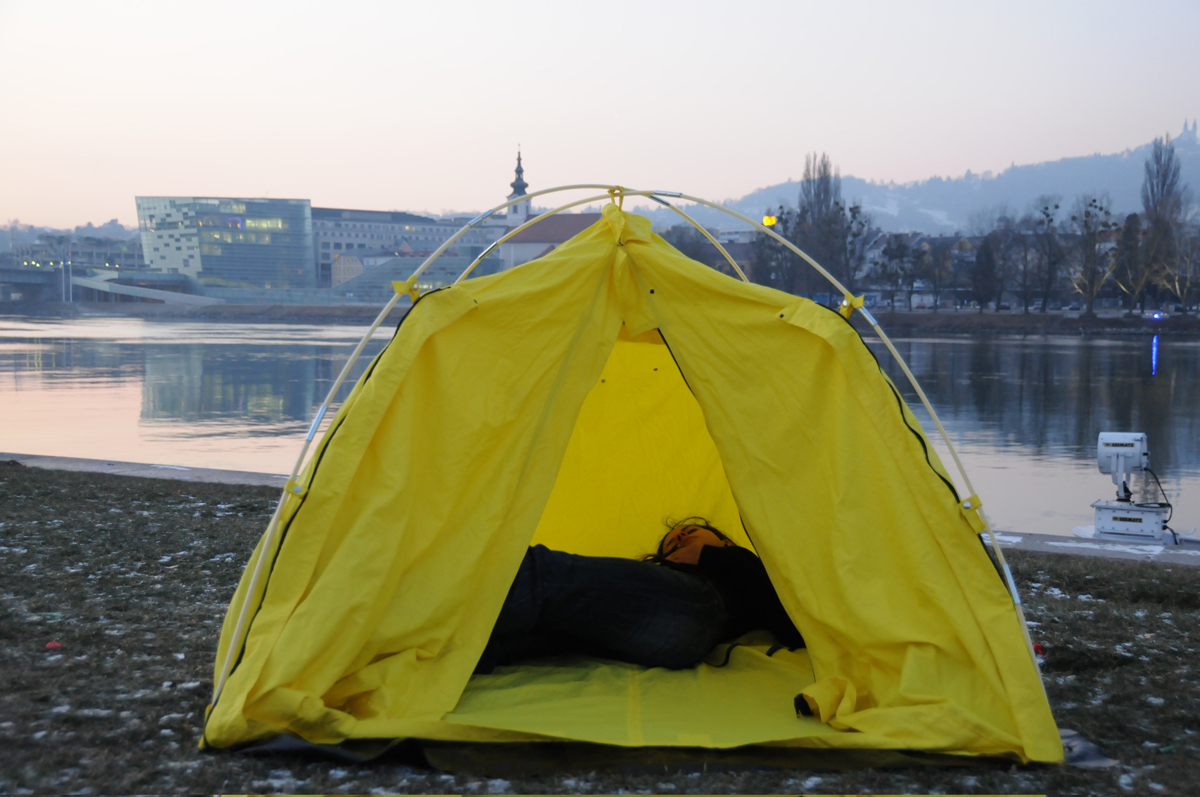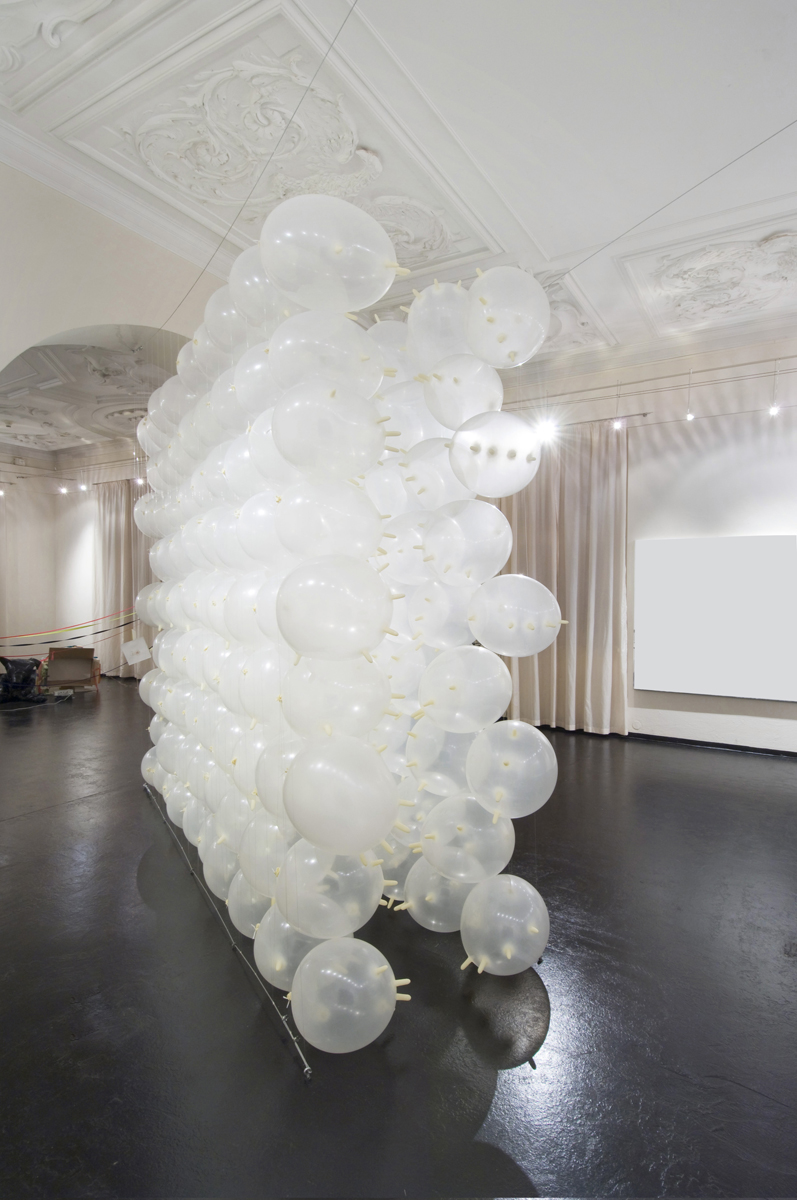the ghosts of an industrial past linger
The ghosts of an industrial past linger in our present, leaving a permanent footprint, an afterimage that can never fully be razed or removed. My recent work focuses on these architectural remnants – defunct houses and barns, weathered structures, and disintegrating object-artifacts. It draws on the urban landscape of Philadelphia and DC, as well as on the scenery of my hometown, a small working-class coastal city in Massachusetts. I present massive, impersonal, decaying structures lifted from these locales as delicate and intimate spaces by recreating them on a minute scale. I also try to make the viewers of my work more aware of, and active participants in, the process of viewing.
I have pushed my newer work into the realm of pastiche, using recognizable imagery drawn from America's visual history as a point of departure. Much of my work builds off of what others have claimed America looks like or should look like. I am interested in creating a visual language of nostalgia and familiarity, and then slightly altering and complicating that language. Houses have become a dominant theme in my imagery, often serving as entry points for the viewer, and creating a sense of scale for the pieces. My interest in architecture (and landscape) comes from its innate ability to bear the markings of the passage of time. Creating desolate, long-abandoned structures allows me to get glimpses of a human-constructed world that may exist in a static, post-human time. My newest work has focused on hypothetical historical amalgamations that I use to create a parallel, contemporary world. I push my work to be multi-faceted, to create content that exists in the overlap and convergence of media (drawings, sculptural objects, photographs), as if I am documenting these alternate worlds or imagined pasts. The work is research-intensive, drawing from colonial American texts, especially early Puritan writings, as well as the notions of Manifest Destiny and American Exceptionalism.


